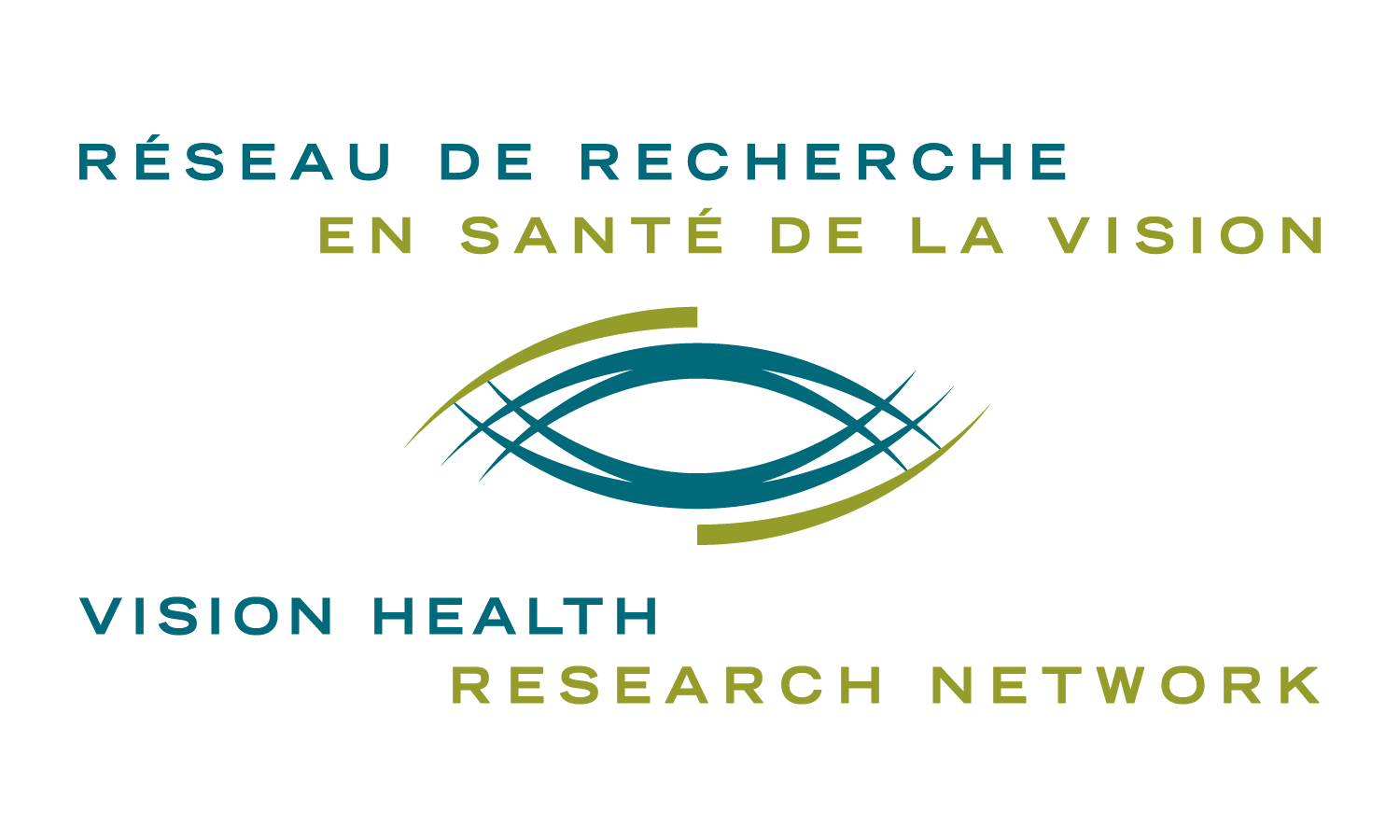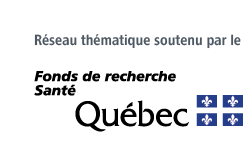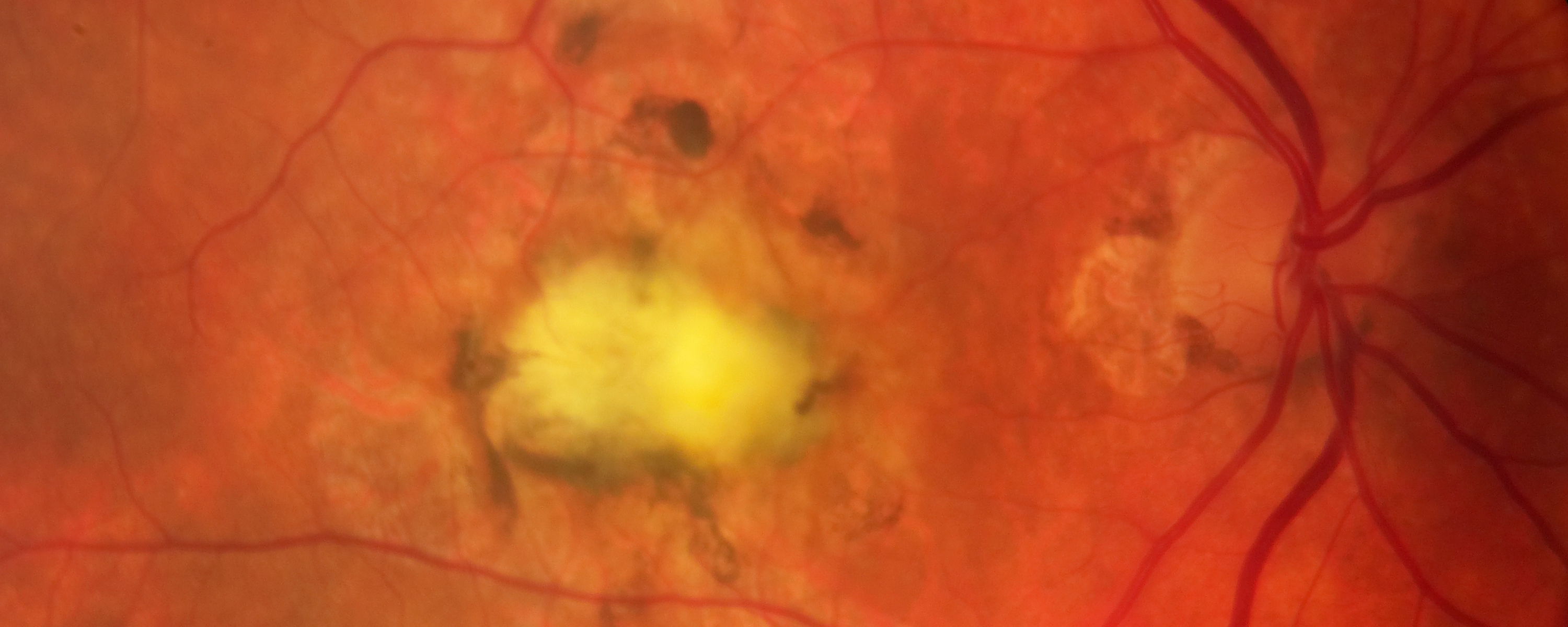Database of Retinal Images in Visually Impaired Individuals: Drusen and Age-related Macular Degeneration
Funded since 2017
Goal
With a large portion of older adults living longer, the number of individuals diagnosed with low vision is in- creasing. The use of Optical Coherence Tomography/Scanning Laser Ophthalmoscope (OCT/SLO) to diagnose retinal disease has become common place in the last 10 years, yet currently there are no OCT/SLO databases for pathological vision. Our aim is to develop a clinical database of individuals who have drusen (i.e., lipid deposits found under the retina), or have been diagnosed with Age-related Macular Degeneration (AMD), with information as to how the structure of the diseased retina changes over time, as well as measures of visual and cognitive functional performance.
Description
Fundus photographs and retinal scans will be taken using the same model of Optos OCT/SLO located in three test sites (MAB-Mackay Rehabilitation Centre, School of Optometry Clinic at the University of Montreal, and the Lighthouse Institute, New York). For each individual entry in the database, demographic and diagnosis information will be available. All OCT/SLO images will be graded according to the Age-related Eye Disease Study standard, in addition to number and size of drusen, severity of geographic atrophy, severity of pigment mottling and presence of choroidal neovascularization. Retinal topography and Raster scans from the OCT/SLO will provide a cross-sectional look at affected retinas. Fixation stability will be recorded using the SLO function, and present four different tasks that are designed to reproduce typical tasks of daily vision, with each task lasting for 10 seconds. The tasks are cross fixation, face recognition, visual search, and reading. These tasks in addition to the retinal scans will be used to determine the eccentricity of a preferred retinal locus from the anatomical fovea, and can be used as an outcome measure for clinical interventions in visually impaired patients.
Impact
The database will be available to professors training eye-care practitioners and rehabilitation specialists as a teaching tool. Students will be able to familiarize themselves with the retina and a variety of AMD-related pa- thologies before they start working with patients. The database will also be accessible by researchers interested in studying AMD from basic science to epidemiology, to investigate how drusen and AMD impact visual and cognitive functional performance.
Accessibility
The common infrastructure is easily accessible to all VHRN members on request. The database will also be accessible online in 2018 (see http://cvl.concordia.ca for more information).
Infrastructure administrator
Aaron Johnson, PhD, Professeur agrégé, Département de psychologie, Université Concordia / Résident de recherche, Centre de réadaptation MAB-Mackay du CIUSSS du Centre-Ouest-de-l’Île-de-Montréal.
Contact information
Aaron Johnson – aaron.johnson@concordia.ca
Stephanie Pietrangelo – stephanie.pietrangelo@umontreal.ca
Funding
Vision Health Research Network


